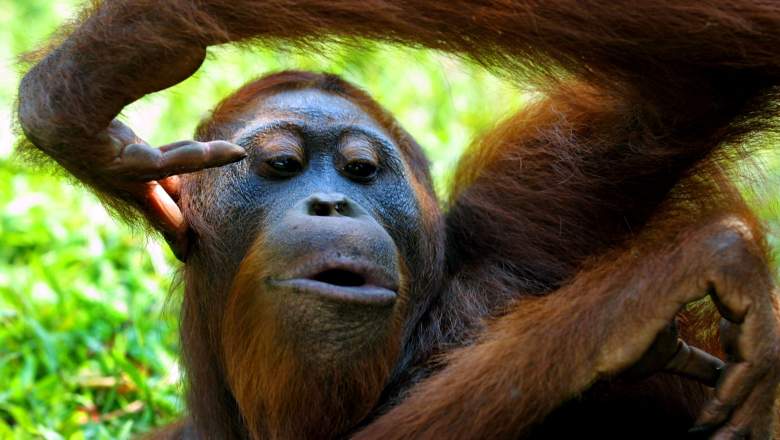
Today is Labor Day, but it is also another important holiday. September 4 is National Wildlife Day, which celebrates its 12th anniversary in 2017. The holiday celebrates the beautiful wildlife that roams our planet and raises awareness for endangered species.
National Wildlife Day is celebrated on September 4 to mark the day that the world lost one of its great conservationists, Australian TV host Steve Irwin. Best known as “The Crocodile Hunter,” Irwin died at age 44 on September 4, 2006 from a stingray to the heart.
Here’s what you need to know about National Wildlife Day.
1. This Is the Last National Wildlife Day to be Celebrated on September 4
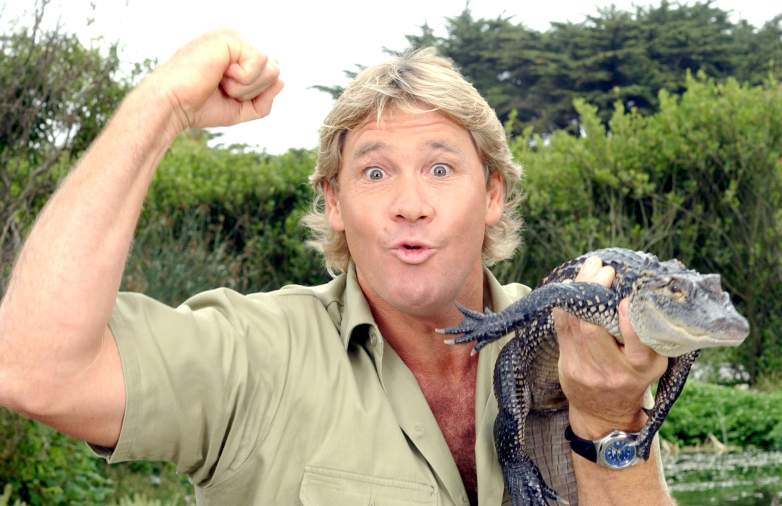
GettySteve Irwin in 2002.
Colleen Paige, the pet lifestyle expert who also founded National Cat Day and National Puppy Day, is also the brains behind National Wildlife Day. She originally created it in 2005, and decided to keep it alive the following year to remember Steve Irwin.
However, 2017 is the last year where National Wildlife Day will be held on September 4. Next year, Paige is moving it to February 22 to celebrate Irwin’s birthday.
Paige writes that the goal of the holiday is to “to bring awareness to the number of endangered animals nationally, as well as globally, that need to be preserved and rescued from their demise each year, and also to acknowledge zoos and outstanding animal sanctuaries and organizations globally for everything they do to help preserve this planet’s animals and educate the public about conservation – especially to children….our animal’s future caretakers and conservationists.”
2. The United Nations Also Celebrates World Wildlife Day, Created in 2013, on March 3
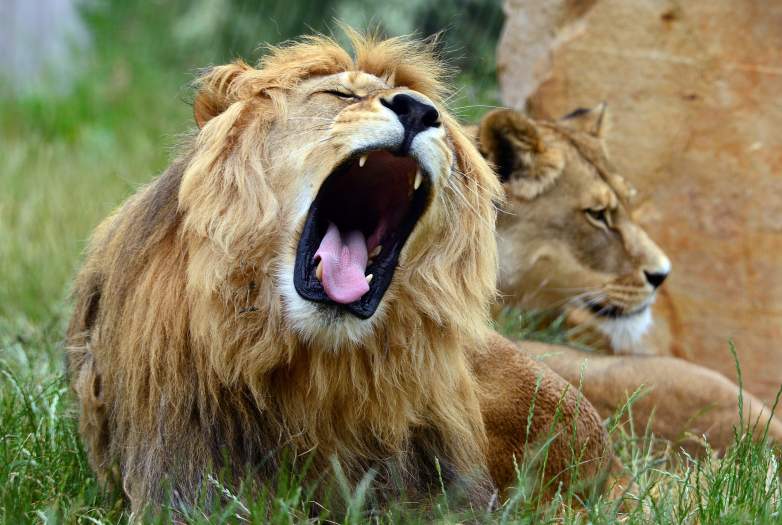
GettyA lion.
National Wildlife Day isn’t the only holiday created to celebrate the animals we share Earth with. In 2013, the United Nations General Assembly created World Wildlife Day. It’s celebrated on March 3 and each year has a different theme.
The 2017 theme was “Listen to the Young Voices,” which included efforts to get more young people involved in conservation.
“World Wildlife Day 2017 encourages youth around the world to rally together to address ongoing major threats to wildlife including habitat change, over-exploitation or illicit trafficking. Youth are the agents of change. In fact, we are already seeing the positive impacts on conservation issues made by some young conservation leaders around the world. If they can help make a change, you can too!”
Most members of the UN, including the U.S., have signed a treaty to join CITIES, or the Convention on International Trade in Endangered Species of Wild Fauna and Flora, which ensures that “international trade in specimens of wild animals and plants does not threaten their survival.”
3. The Living Planet Report of 2016 Estimated That Global Wildlife Populations Dropped by 58 Percent From 1970 to 2012
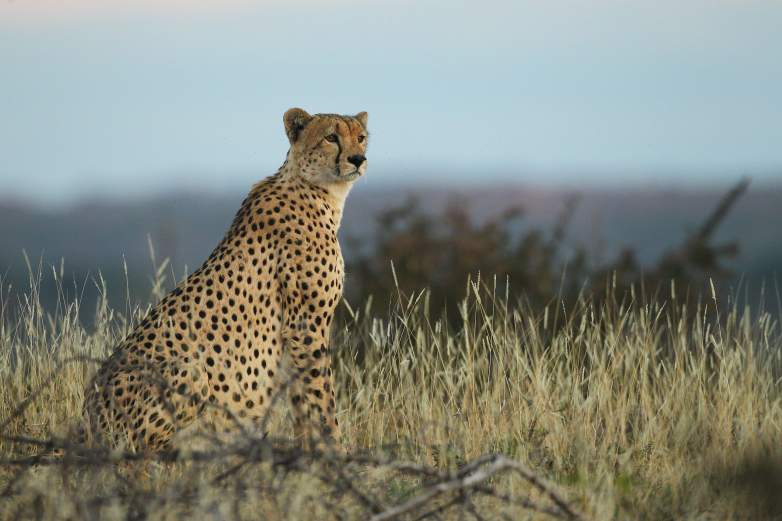
GettyA cheetah.
In October 2016, the World Wildlife Fund published its annual Living Planet Report, which found that animal populations dropped 58 percent between 1970 and 2012. According to the Guardian, the report predicts that losses will reach 67 percent since 1970 by 2020.
However, NPR noted that there were some caveats. The report wasn’t peer-reviewed and wasn’t published in a scientific journal. The editor-in-chief is Dutch politician Natasja Oerlemans, a former member of the Party For The Animals, a Dutch political party that supports green initiatives. NPR notes that previous reports on the decline of animal populations haven’t suggested such a stark drop.
“I think the trouble with that [58 percent] number, like any single number, is it’s meaningless,” Stuart Pimm, a Duke University researcher, told NPR. “It’s certainly true that wildlife is declining, and in some places it’s declining precipitously. But to try to come up with a single number that summarizes all the things that are going on in the oceans, in North America and Europe, Africa South America … into a single number doesn’t really tell you anything.”
4. African Elephant Numbers Dropped 30 Percent Over 7 Years
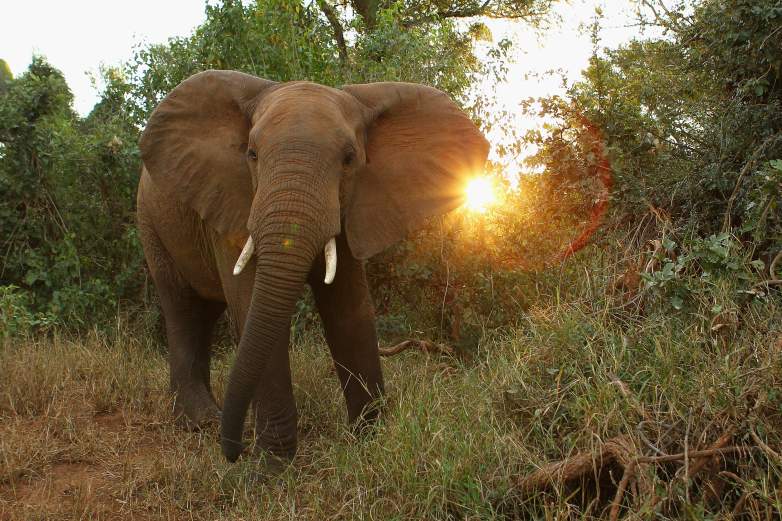
GettyAn elephant.
In August 2016, the Great Elephant Census was published. Paul G. Allen’s Vulcan Inc. revealed at the International Union for Conservation of Nature (IUCN) World Conservation Congress that the population of the African savanna elephant has dropped by 30 percent between 2007 and 2014. The aerial survey of 18 African countries found that just 352,271 are still alive in the wild.
The report found that the current rate of decline is 8 percent per year and most of that is due to poaching. The researchers are sure that their 352,271 number includes at least 93 percent of all savanna elephants in the 18 countries.
“This was an extraordinary collaboration across borders, cultures and jurisdictions. We completed a successful survey of massive scale, and what we learned is deeply disturbing,” philanthropist and Vulcan founder Paul Allen said in a statement. “Armed with this knowledge of dramatically declining elephant populations, we share a collective responsibility to take action and we must all work to ensure the preservation of this iconic species.”
According to the National Geographic, the report found that the majority of the elephants were in Botswana, where 130,000 elephants live. Namibia, which didn’t take part in the survey, has an estimated 23,000 elephants.
5. Researchers Say Giraffes Are Experiencing a ‘Silent Extinction,’ With Numbers Dropping 40 Percent Since the 1980s
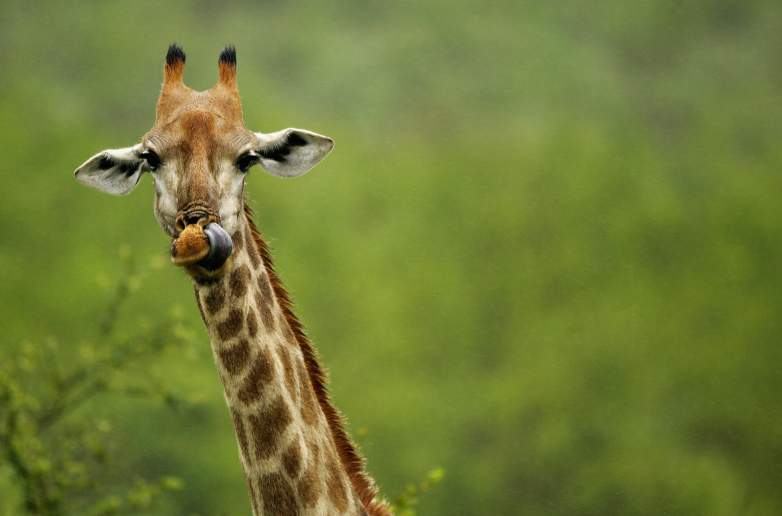
GettyA giraffe.
In December 2016, the International Union for Conservation of Nature issued a warning that giraffes are nearing extinction. The IUCN has listed them as “vulnerable” and announced that they are experiencing a “silent extinction.”
“Whilst giraffes are commonly seen on safari, in the media and in zoos, people – including conservationists – are unaware that these majestic animals are undergoing a silent extinction,” Julian Fennessy, an IUCN giraffe specialist, said in a statement to Reuters.
In 1985, there was an estimated 152,000 to 163,000 giraffes. That’s fallen to about 98,000 in 2016. The IUCN said that the giraffe population has dropped because of the growing human population in Africa and killings for their meat.
“Giraffe (Giraffa camelopardalis) is assessed as Vulnerable under criterion A2 due to an observed, past (and ongoing) population decline of 36-40% over three generations (30 years, 1985-2015),” the IUCN notes on its site. “The factors causing this decline (levels of exploitation and decline in area of occupancy and habitat quality) have not ceased and may not be reversible throughout the species’ range.”
